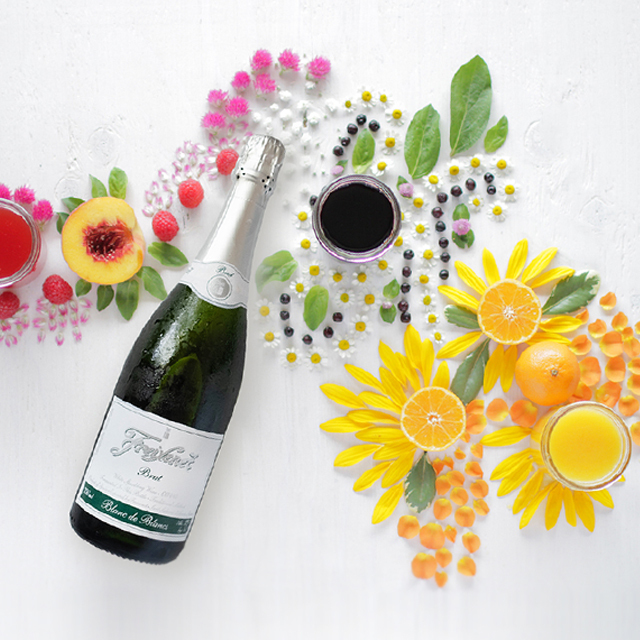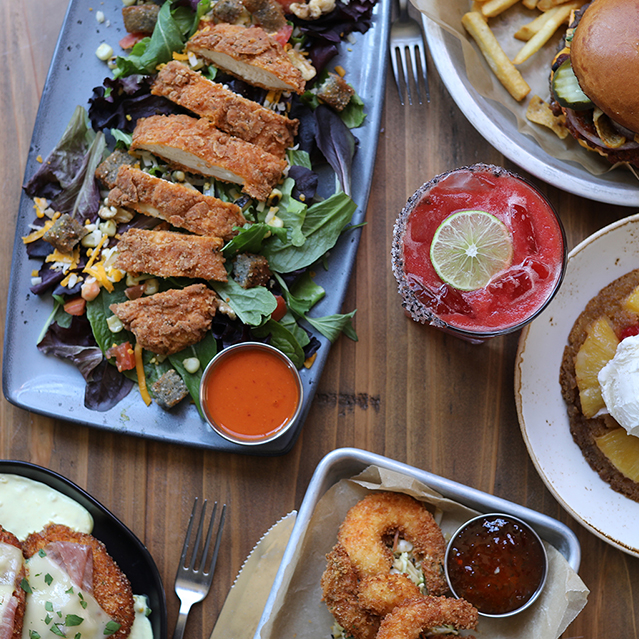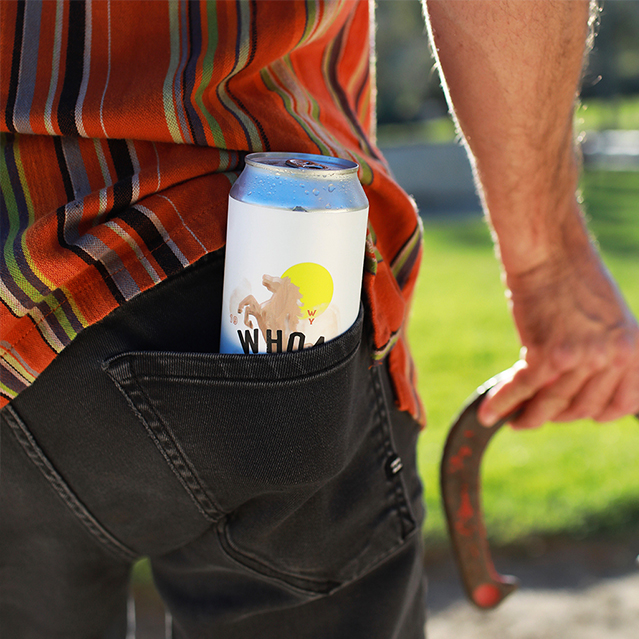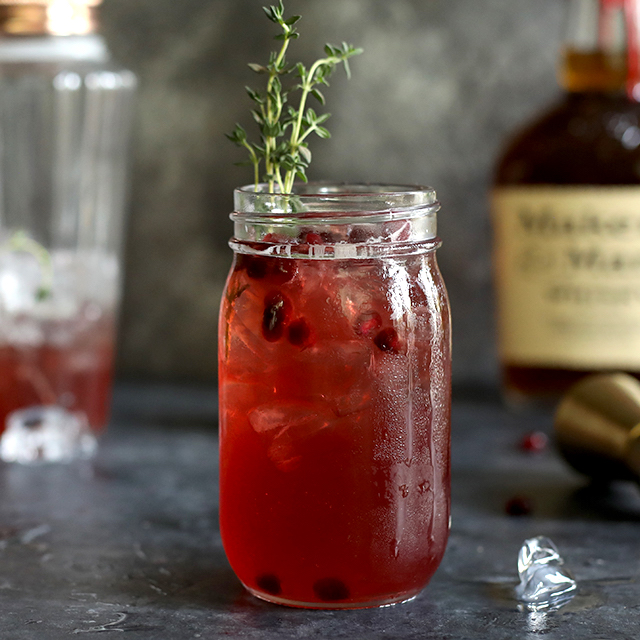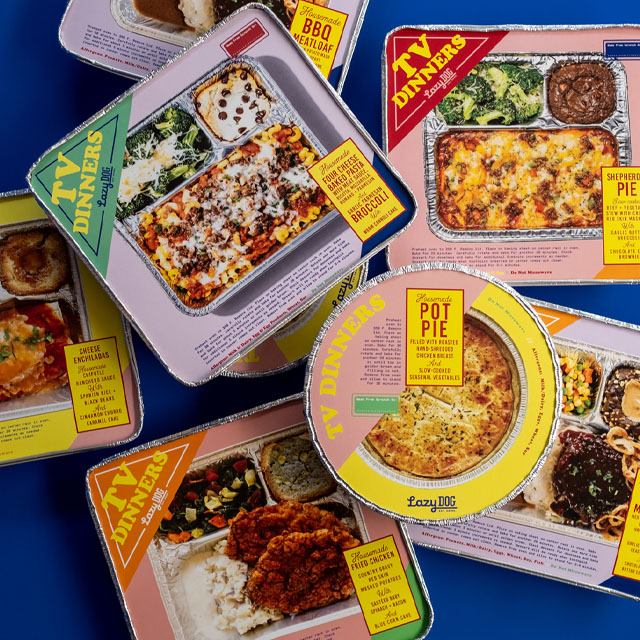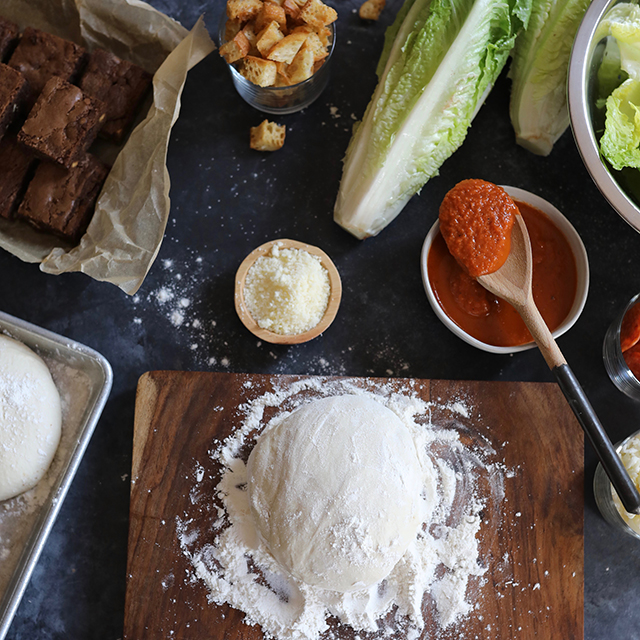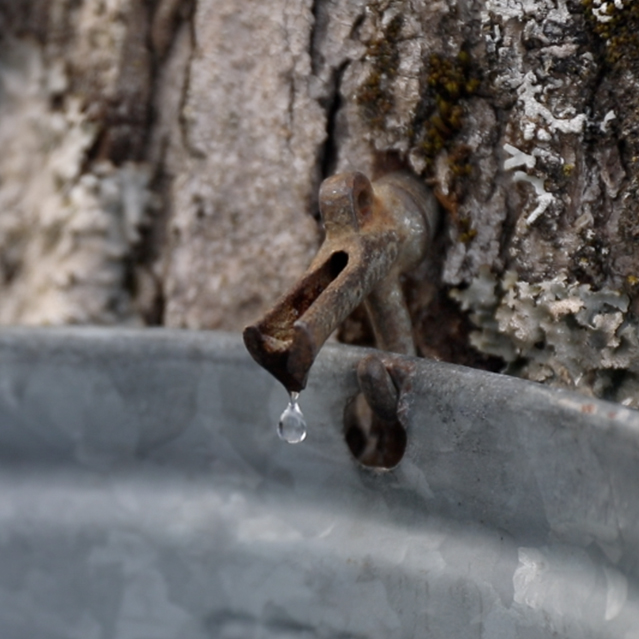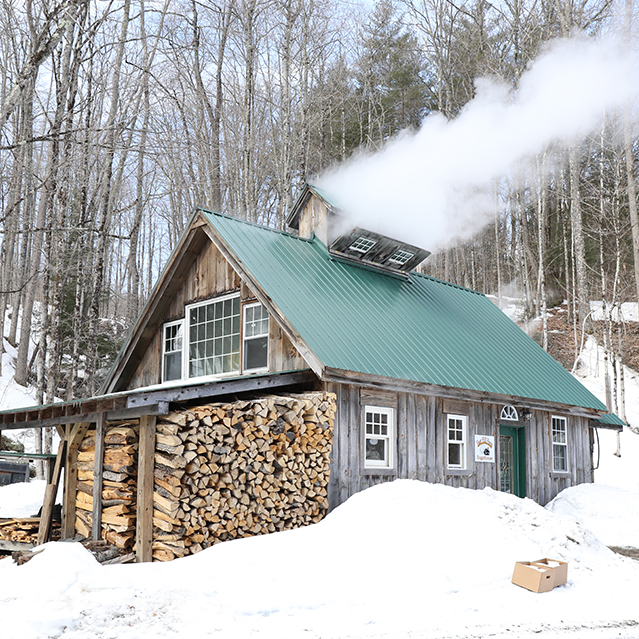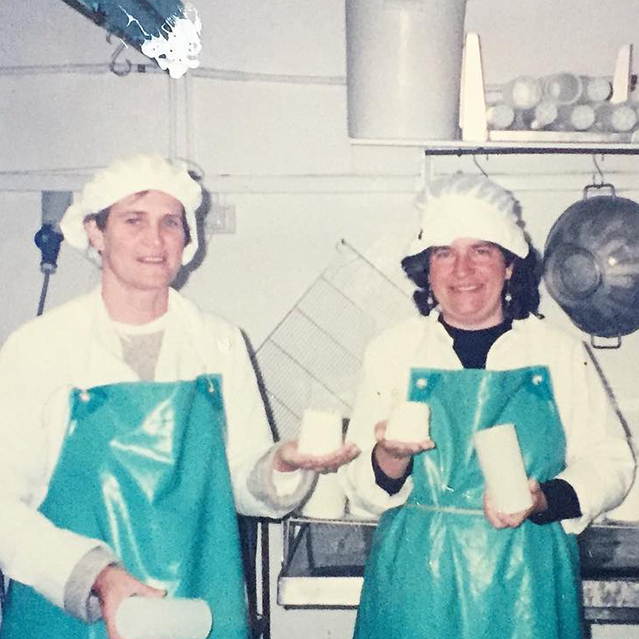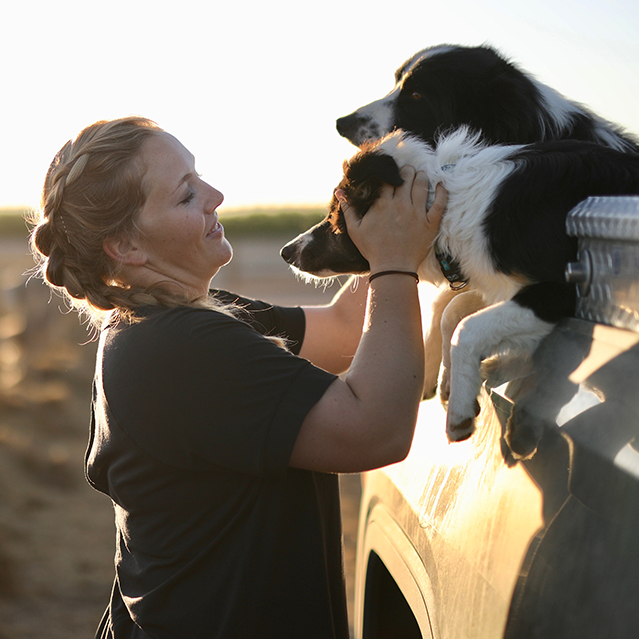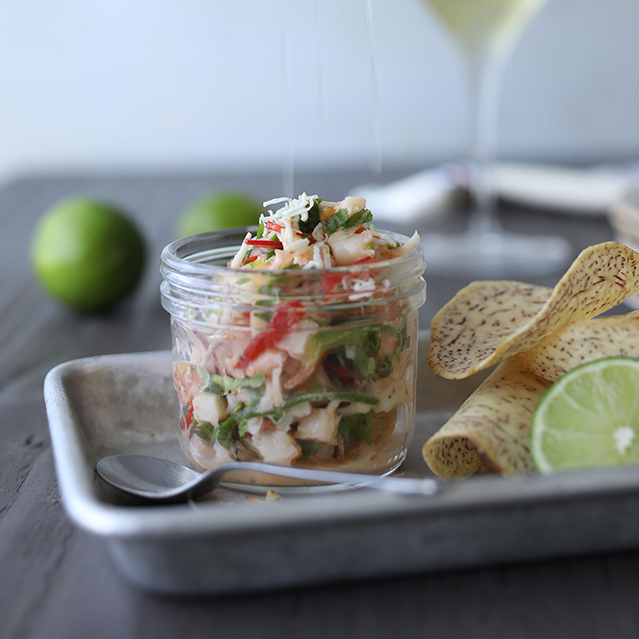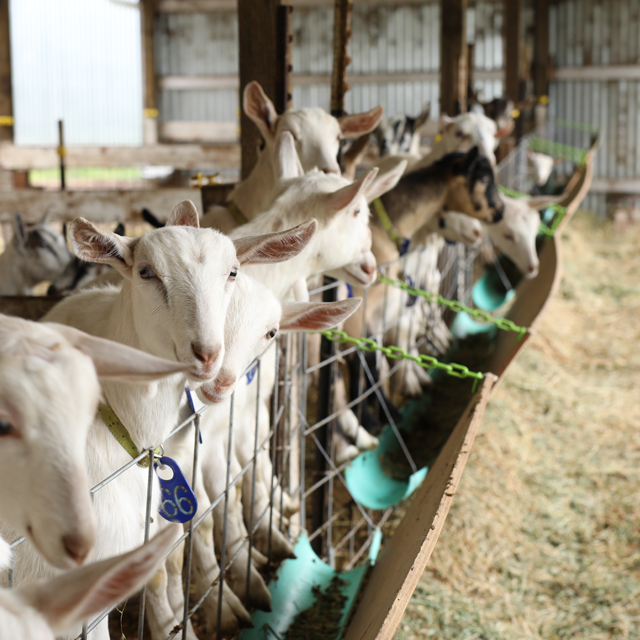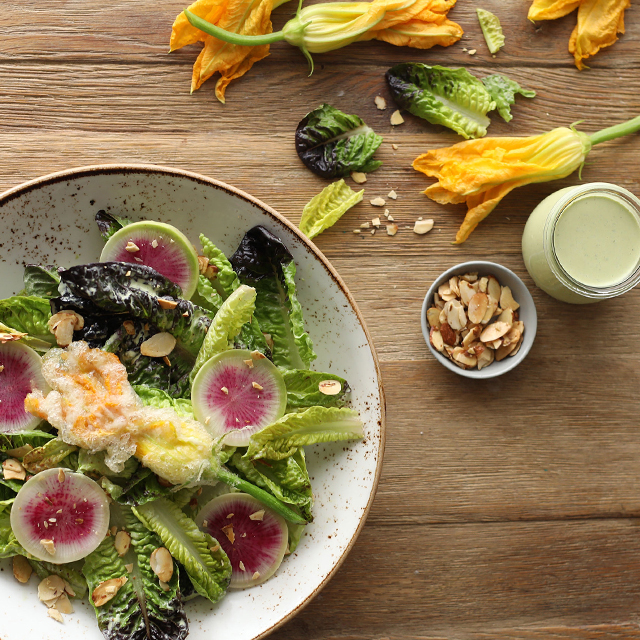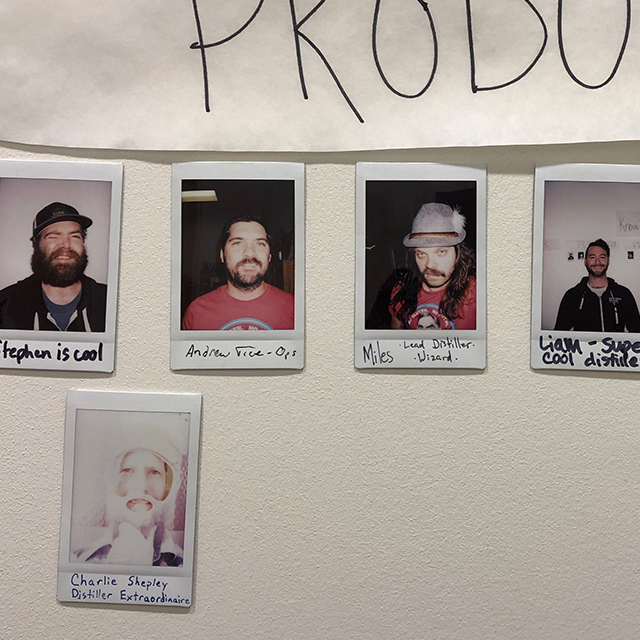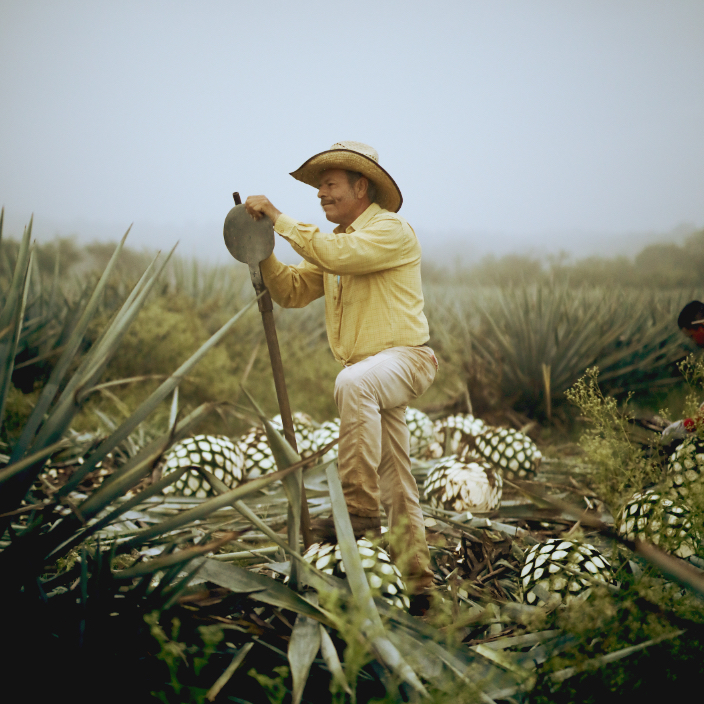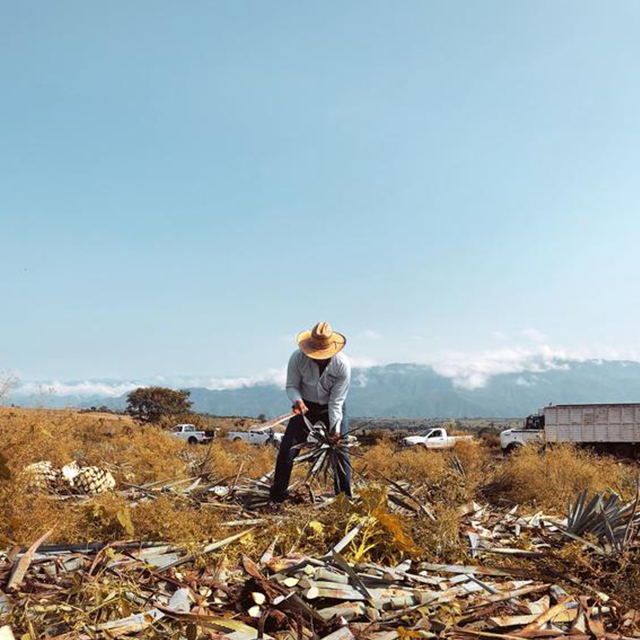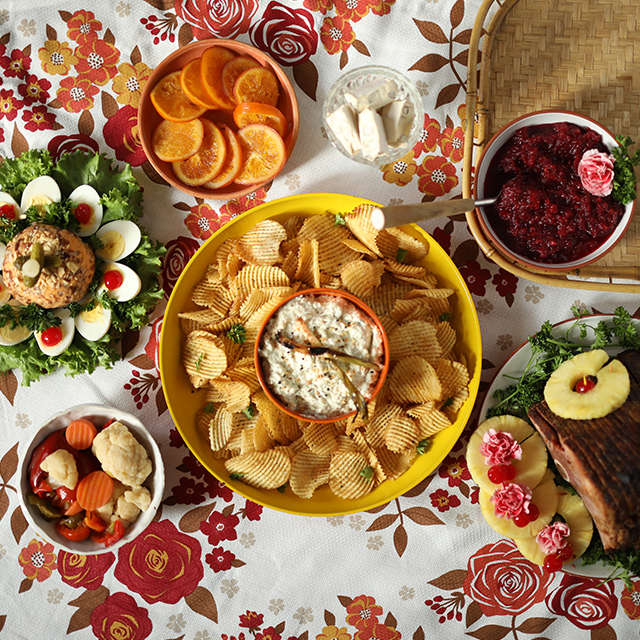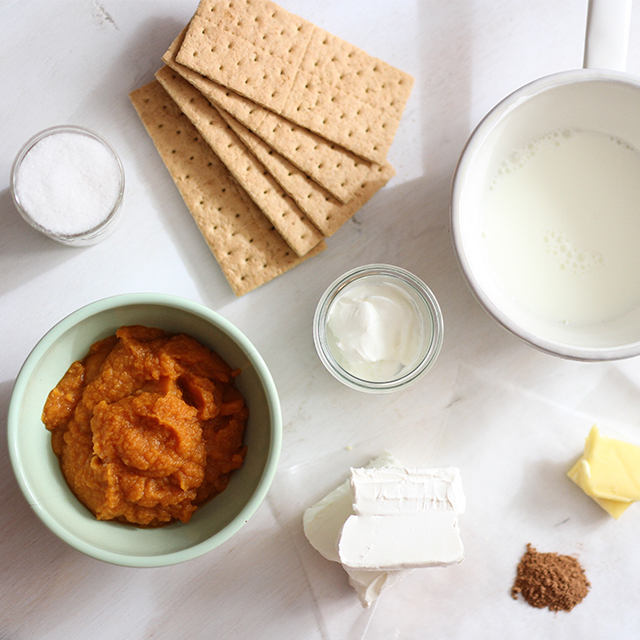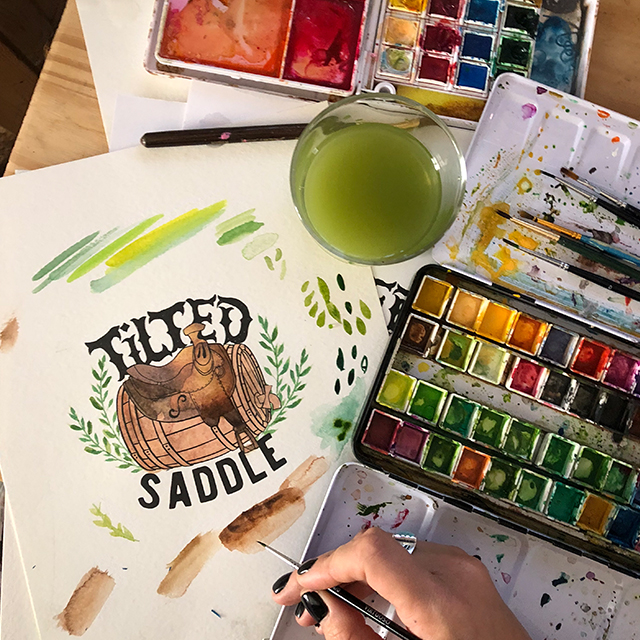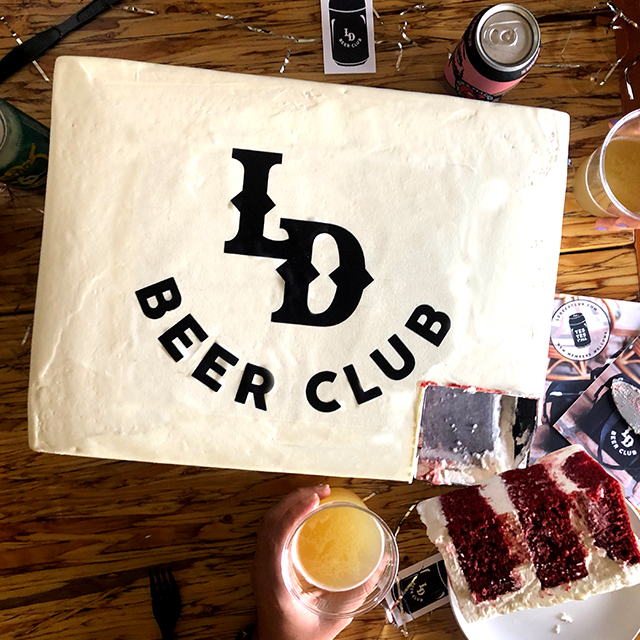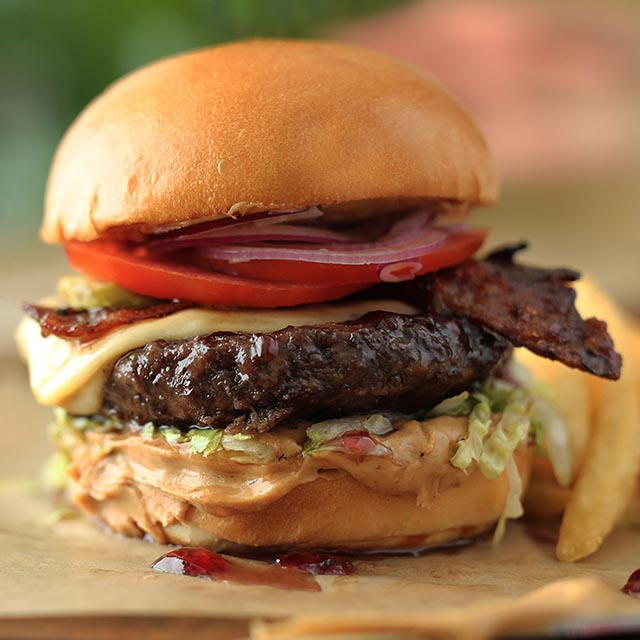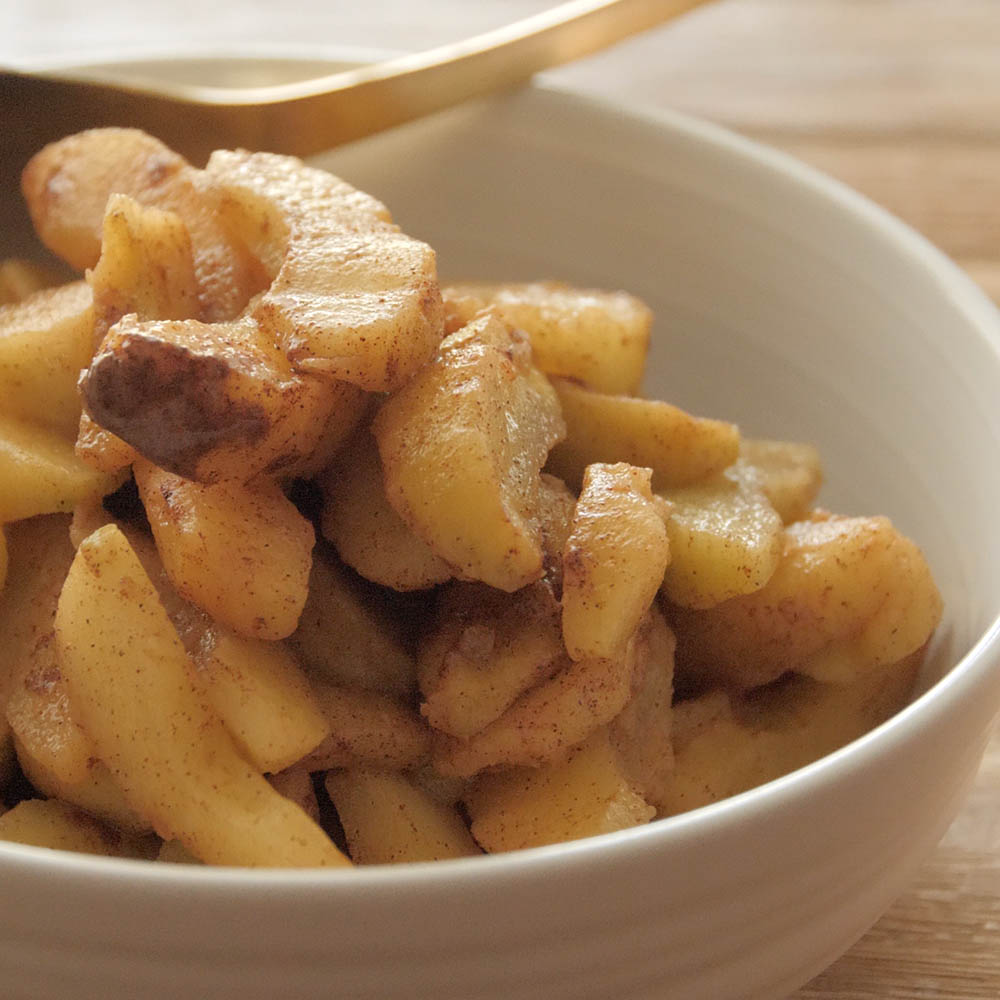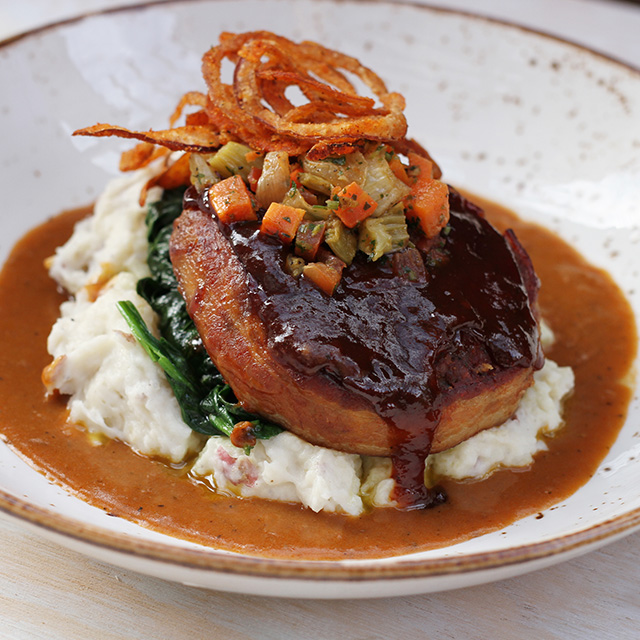
Honey, I shrunk the garden
Reasons we love spring: more sunny hours in a day, beach weather, barefeet, backyard barbeques and the plethora of blooms in our neighborhoods, along the highways and everywhere in-between. With help from our friends at Fresh Origins farm in southern California, we’re able to bring the essence of the season’s brightest blooms, in edible form, to some of our favorite new spring recipes. And today we are going to share our favorite new recipe with you, but first, want to share a little bit about our trip down to sunny San Marcos where we learned about these precious ingredients and the family that tends to them.




When we arrived at Fresh Origins, about an hour north of San Diego, we were greeted by founder David Sasuga and his team. David is a microgreen expert and offered to guide our walking tour of his family-owned farming operation. We entered one of the giant covered green houses and see rows and rows of organized little trays broken into tiny squares of soil. The air is dense, humid and warm. The entire hangar-like structure smells like a delicate fresh herb perfume. (One that I would totally douse myself in.) The entire roof of the structure we stand in is made of a special material that acts like a diffuser for the sun. It allows the plants to look up at the blue skies above without letting the sun scorch them on hot days. All of David's plants are grown naturally, with real sunlight and fresh air, before they are hand-harvested (daily and to order), at the peak of freshness. Their farming process he refers to as, honestly grown and takes a lot of pride in this. And rightfully so, when there are so many competitors using artifical lights and factory farming to produce similar products. Environments aside, the difference in these two growing methods can really be seen in the final product - there's better quality, flavor and shelf-life when nurtured on a real farm vs in a warehouse. David and his team stand by this.

As we walk down the aisles of waist-high tables, covered in little trays of soil, David explains that this is where he grows the seedling that started it all- his micro basil. He shares with us that back in 1995 a local chef came by to pick up an order from the farm. He happened to see the little micro seedlings that David had been experimenting with. And this is when his microgreens began to bloom.
Twenty-five years ago, garnishing with microgreens was not common but since then, David has become a pioneer in this category of the industry. With a passion for innovation, David and his team are now the leading producer in microgreens. They offer over five hundred products, including the very best Microgreens, Petite®Greens, Edible Flowers, Tiny Veggies™ and Herb, Flower & Fruit Crystals®.


We agree that tiny produce can make a big impact, and you can see for yourself on some of our new spring recipes. So far, our new Goat Cheese + Pepper Jelly has been a crowd favorite, so we thought it would be fun to share the Pepper Jelly recipe with y’all! Make a batch, drizzle it on a block of creamy goat cheese (Cypress Grove is one of our favorites- read why here), and top it off with edible flowers to create a perfect shareable spring dish at home.

Lazy Dog Pepper Jelly:
Recipe makes 16oz
You will need:
1/2 cup red bell pepper seeds removed and minced fine
1 T. hatch chiles; roasted peeled, deseeded and minced fine
2 T. jalapenos, seeds removed and minced fine
3 fl. oz. of apple cider vinegar
1 1/2 cups sugar
1 T. liquid fruit pectin
Steps:
- In a saucepot over medium heat bring all ingredients to a boil, except pectin
- Add pectin, then boil for 1 minute, let cool
- Refrigerate overnight before using and enjoy for up to 5 days
Optional: serve over Cypress Grove goat cheese, and sprinkle edible flowers
photography by: Rebecca Simms
words by: Rebecca Simms + Archel Arindaeng

